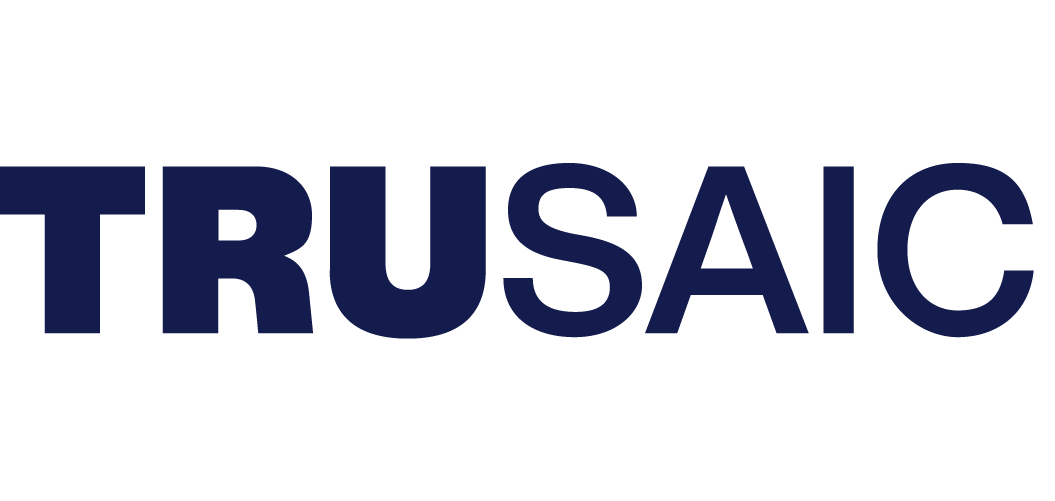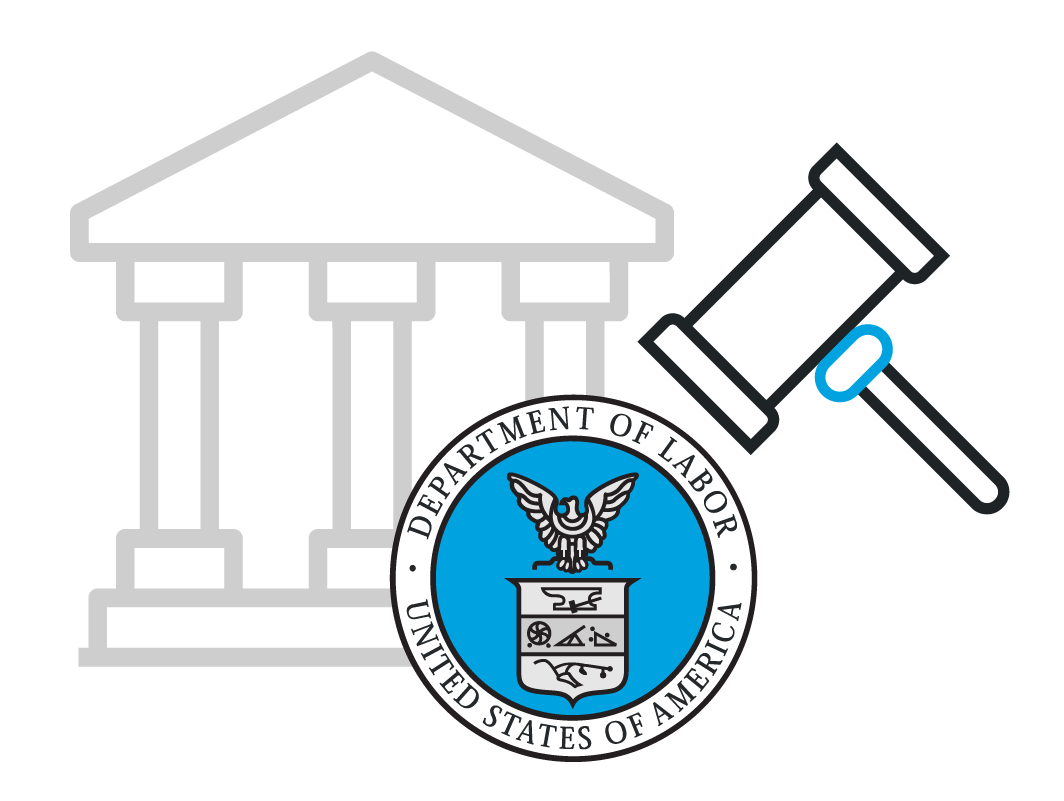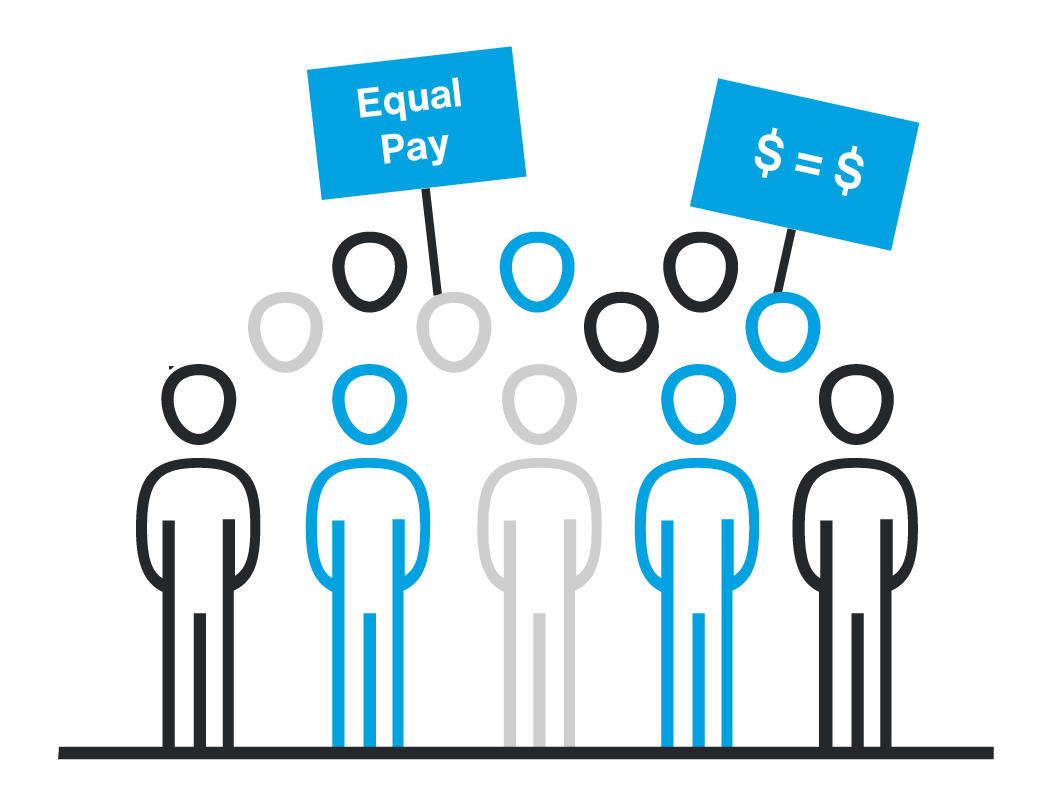
7 minute read:
COVID-19’s Assault on Equality
It is well-known that the global COVID-19 pandemic has exacerbated inequalities by race/ethnicity, gender, education level, and income. Here in Los Angeles, the mortality rate for the least affluent communities is four times larger than that in the most affluent communities. Black and Hispanic/Latinx death rates are more than twice the White death rate. COVID-19 exposure and job loss disproportionately affect communities of color. During the pandemic, women have faced higher unemployment rates than men. Lower income households face higher unemployment rates than higher income households. For those with jobs spared by the pandemic, many women with children have been forced out of employment by shuttered child care and schools. Further, the pandemic is widening gaps in racial educational attainment and between lower and higher income households as the affluent hire private tutors for their children.
Over the coming years, COVID-19’s lasting effects will translate into disproportionately lower lifetime earnings for women and people of color. One measure of such lifelong disadvantages are differences in poverty rates for those over 65. Before COVID-19, lifelong disadvantages were already etched into the poverty rates for those over 65 years of age. For women in the U.S., the over-65-year-old poverty rate is over six percentage points higher than for over-65-year-old men. For Blacks, it is over 11 percentage points higher than for Whites, and for Hispanic/Latinx individuals it is over 12 percentage points higher than for Whites. These over-65-year-old poverty rate differences are destined to grow in the aftermath of COVID-19 through the mechanisms of disparate illness and death rates, job loss, lack of child care, lesser access to resources, and lower educational attainment, among others.
COVID-19’s assault on equality also poses a threat to the diversity of business organizations. The business case for diversity is overwhelming. Diverse teams make better decisions and drive innovation. It is no longer surprising that firms with more diverse leadership are more profitable. Leaving aside litigation risk and regulatory interference, to remain competitive, organizations cannot afford to ignore issues of diversity, equity, inclusion, and access (DEI&A). Fighting against COVID-19 for workplace equality is a fight for the future of your organization.
The Role of Workplace Equality in Fighting COVID-19’s Effects
By pursuing workplace equality, employers prevent their organizations from becoming unwitting accomplices to COVID-19’s multi-faceted assault on equality.
“Corporate leaders may not be able to change the world, but they can certainly change their world. Organizations are relatively small, autonomous entities that afford leaders a high level of control over cultural norms and procedural rules, making them ideal places to develop policies and practices that promote racial equity.”
– Robert Livingston, Ph.D., Harvard Kennedy School of Government
But pursuing workplace equality requires more than implementing the largely symbolic changes required by anti-discrimination case precedents. Similarly, it requires more than simply assigning someone as Chief Diversity Officer (CDO) and implementing training programs.
“Everybody is quick to do unconscious-bias training and not interventions… [W]hen you keep choosing the options on the menu that don’t create change, you’re purposely not creating change.”
– Cyrus Mehri, Co-Founder, WorkingIdeal, co-creator of the Rooney Rule
Making meaningful change towards workplace equality requires maintaining active engagement with, and commitment to, improving Diversity, Equity, and Inclusion (DEI). Diversity focuses on the representation of employees with different attributes such as gender, race, ethnicity, age, disability, sexual orientation, education, veteran status, and national origin. More specifically, diversity focuses on the representation of employees with these different attributes throughout different components of an organization, including job applicants, new hires, job positions, promotions, and retention. Equity focuses on ensuring pay, opportunity, and participation are equitable among employees with different attributes. Inclusion focuses on how the work environment encourages and ensures that employees with different attributes are able to flourish at work and make their greatest contributions.
Active DEI engagement involves three dimensions:
- measuring outcome differences in DEI;
- identifying root causes of those outcome differences; and
- working to eliminate those root causes that conflict with the organization’s objectives.
DEI Engagement Through Measurement
Measurement is essential to being able to identify gaps throughout the employment process, including application, hiring, representation, pay, promotion, retention, and engagement, and to track progress in these measures. Measurement in itself signals a level of commitment to equality; employers cannot improve what they cannot measure. Further, measuring your organization’s DEI status is proactive. In contrast, many diversity initiatives are reactive responses to lawsuits or regulatory interventions. Regardless of the validity of the underlying complaint, complaints by their very nature are the perspectives of one or a handful of employees. Such perspectives are usually only partial reflections of underlying equality issues. In contrast, by taking a proactive, systematic approach to measuring DEI outcomes, an organization gets the big picture, is able to assess the extent of the inequality issues identified, and can then design responses that are more effective and efficient.
Pay equity audits identify the factors that drive differences in base pay and broader measures of overall compensation, including equity awards, as well as health and retirement contributions. Pay equity audits provide a wealth of information not only regarding root causes of pay differences but also regarding where employee diversity is lagging.
Pay gap risk assessments and pay equity auditing become substantially more informative when monitored over time. A one-time pay equity audit provides a snapshot of where your organization is, but many issues are only discoverable and addressable by identifying trends. When monitored over time, pay audits provide richer metrics, including tracking the diversity of new hires, flagging disparities in starting salaries, and measuring disparate impacts of promotions, lateral transfers, and separations. Ongoing pay equity audits also provide performance measures by which to gauge an organization’s efforts to address inequalities.
Beyond regular pay equity audits, additional measurement tools such as applicant tracking, regular employee surveys regarding engagement and inclusion, and structured exit interviews broaden and complete the measurement of DEI&A outcomes.
Identifying Root Causes
With the results of pay equity audits, applicant tracking, inclusion surveys, and exit interviews, organizations can answer questions such as:
- Does underrepresentation in the workforce mirror underrepresentation in the applicant pool? What differences are there in the hiring process (e.g., interview and offer rates) in terms of applicant gender, race/ethnicity, age?
- Where do applicant groups differ in terms of pass rates for hiring filters?
- Is job segregation evident in the applicant/hiring process or does it arise internally through promotion and retention rate differences?
- How do job segregation or other differences in tenure, experience, responsibility, performance reviews, etc. affect overall pay gaps?
- Where are unexplained pay disparities concentrated among employees of a given protected class, such as gender and/or race/ethnicity? Are there other features that they share?
- Are efforts to eliminate unexplained pay disparities working? If not, is this due to workforce composition changes, weakness in high-compensation containment, or other factors?
- Are there systematic differences by race/ethnicity and gender in average company tenure and position tenure? How are those differences driven by hiring, retention, and/or promotion differences?
- What differences are evident between employees of different genders, races/ethnicities, or other protected classes in perceptions of: management responsiveness; being valued by the organization; opportunities to contribute; access to forming working relationships; receiving constructive feedback; and having active, engaged mentoring?
- How do the reasons for work separations vary by position, gender, race/ethnicity, and other factors?
Answering such questions helps to identify the root causes of inequality within an organization. With the measurement tools above, compelling narrative explanations of the reasons for pay and representation differences become possible. Root causes are no more nor less than such narrative explanations, grounded in measurement. Explanations for measured inequities allow organizations to devote resources to solving specific, concrete, measurable issues regarding equality, rather than attempting more amorphous exercises in good intentions. Specificity and measurability command greater buy-in, not just from leadership but throughout the organization.
Eliminating the Root Causes Hurting Your Organization
With root causes of inequalities identified, organizations can target the personal attitudes, cultural norms, and institutional policies that are exacerbating inequalities. The interaction of these categories can give rise to inequities at any point in the organization. For example, if there is a dearth of diversity in an organization’s applicant pool, it is likely that some combination of attitudes and norms is causing recruitment to be focused in the wrong places. Reassess the assumptions that limit your applicant sources. Explicitly reach out to sources of underrepresented candidates.
If underrepresented candidates are disproportionately eliminated prior to interviews, review those hiring filters. Are those filters based on objective criterion essential to the function of the position being filled? The “best candidate” is not unique.
“There is no test, instrument, survey, or interviewing technique that will enable you to invariably predict who the “best candidate” will be….Managers should abandon the notion that a “best candidate” must be found. That kind of search amounts to chasing unicorns. Instead, they should focus on hiring well-qualified people who show good promise, and then should invest time, effort, and resources into helping them reach their potential.”
– Robert Livingston, Ph.D.
Are names and other information associated with protected classes (and potential reviewer biases) removed from the application? Are applicants screened by multiple, diverse reviewers?
Similar steps can be applied to differences in performance reviews, allocating assignments, and promotions.
If lower average female tenure contributes to the gender pay gap, is the organization losing women as they become mothers? The motherhood penalty is likely to be made worse by COVID-19. Take steps to lessen this talent loss. The pandemic has forced organizations to embrace more flexible schedules and remote workers. Such arrangements may be leveraged to retain productive, diverse talent after the pandemic recedes.
If root cause analyses have found that unexplained pay disparities are concentrated within certain departments or locations, look to the best practices in other parts of your organization to improve those specific outcomes.
These are a few examples of the types of specific actions that organizations can pursue as best responses to the COVID-19 pandemic and so to protect and expand the diversity and equity of their workforces. However, none of these interventions are possible without taking first steps to measure DEI outcomes. To get started, let Trusaic provide your organization with a free Pay Gap Risk Assessment, which can be conducted confidentially.
This free service includes:
· One-hour consultation with Trusaic pay equity team members including regulatory compliance experts and data scientists;
· Answers to your pay equity questions;
· A pay gap analysis of your workforce.
We look forward to helping your organization achieve pay equity, and to support a more diverse, equitable, and inclusive workforce. Learn how.



